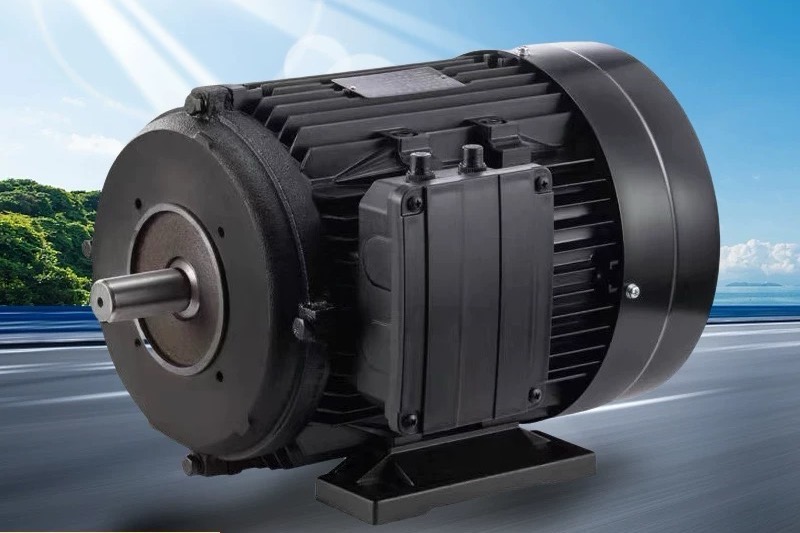solution of high-pressure car wash motor overheating
I. Common causes of overheating of high-pressure car wash motor
1. The power supply voltage is abnormal
Too high or too low a voltage can cause the motor to run overload. For example, if a motor with a frontal and fixed voltage of 220 V works at 250 V or 180 V for a long time, the coil is easy to heat.According to "GB / T 12325-2008 power quality supply voltage deviation," the civil voltage allowable deviation is ± 10%, beyond the range to install a voltage regulator.
The wires are too thin or poorly connected to increase the resistance, causing local overheating.It is recommended to use copper core wires with cross-sectional area ≥ 2.5mm2.
2. Heat dissipation system failure
Damage to the radiator fan and blockage of the inlet (such as dust or debris covering) are the main causes.Tests have shown that when the incoming wind volume is reduced by 30%, the motor temperature can increase to more than 20 ° C (Source: China Institute of Electrical Science).
High temperature environments (such as outdoor work in summer) can increase heat dissipation difficulties, and it is recommended to avoid working more than 30 minutes in a row.
3. The load is too large.
Nozzle plugging or improper selection (such as 0 ° fan nozzle pressure up to 15MPa, far beyond the ordinary motor to bear the scope) will lead to motor overload.It is recommended to use 15 ° -25 ° nozzles, and the working pressure is controlled at 5-8 MPa.
Mechanical problems such as wearing of the water pump bearings and aging of the seal ring will also increase the load on the motor.

4. Inadequate maintenance
Long-term failure to replace the lubricating oil (it is recommended to replace the ISO VG32 lubricating oil every 500 hours) or carbon brush wear (remaining length < 5mm to replace) can cause overheating.II. Solutions and preventive measures
1. Voltage and circuit inspection
Use a universal gauge to detect the voltage and install an automatic voltage stabilizer when there is an abnormality.
Check the wire joints regularly for oxidation to make sure the grounding is good.
2. Optimize heat dissipation conditions
Clean the cooling fan and inlet every two weeks, and add auxiliary cooling sheets in high temperature environments.
Improve the placement of equipment to ensure that there is no shelter within 50cm of the perimeter.
. Rational operating and load management
Avoid continuous use for more than 20 minutes. Intermittent operation can reduce the temperature increase by 10-15 ° C (measured data).
Clean the nozzle filter on a regular basis to match the pressure parameters recommended by the manufacturer.
4. Regular maintenance schedule
Establish a maintenance ledger that includes:
Check the wear of the carbon brush every month;
Replace lubricants every quarter;
Bearings and seals are fully reviewed every year.
Extension advice: If the above method is not effective, it may be a short circuit in the motor cycle (which requires professional testing), or consider upgrading to a variable frequency motor (which improves efficiency by more than 20% and lower temperature). By systematic inspection and maintenance, the risk of overheating can be significantly reduced and the reliability of the equipment can be improved.
